|
This week we had a well-deserved break from the rain and flooding of the site. We were able to drive right up to the site with the trucks; however, the ground was very muddy for most of the day. Some water remained pooled in the tarp when we arrived and had to be drained off the block using a pump. Down below the block, Rob L. caught me up on the status of their excavations. Unfortunately, a third wall slump occurred in Unit 14, where he, DuVal, and James had been working the previous week. It was clearly visible along the black tarp covering the wall how high the water had come up. I spent the day learning to piece plot artifacts on the floor of a unit from Sam M. Piece plotting is finding the exact 3D coordinates of an artifact within the established grid system at the site. Within the main block we spent the morning setting up to piece plot in a 2X2 meter unit in the south half of Unit 4 and the north half of Unit 6. We began by removing the remaining coverings from the unit floor. Normally when setting up the grid to piece plot one would start with the SW corner as the origin (0,0); however, Dr. White wanted to leave that corner covered for now to protect it from the elements. So, we began with a trusted point that had already been mapped out, which was located exactly at the middle point between Units 4 and 6 (on both X and Y axes if you’re imagining a grid). From our original trusted point we triangulated in 3 other points to form four 90X90 centimeter units within the 2X2 meter unit we’d be piece-plotting in. We mapped out these points in order to establish known grid points within our 2x2. Once we had the points mapped out with nails and labeled with their respective northings and eastings using flagging tape, we recorded our unit and mapping points on FS log paperwork. Once we actually began piece-plotting the artifacts on the unit floor, we would record their exact 3D locations in the paperwork as the artifacts were removed. After setting up our paperwork, Sam M. placed chaining pins into the north and south edges of the unit and we tied string between the NE-NW and the SE-SW pins. Next, I utilized a laser level to measure the starting depths of our unit floor in centimeters below datum (cmbd). I took measurements of the NE, NW, SE, and SW corners, along with one measurement in the middle of our unit at our original trusted point. Sam M. recorded the elevation of all five points in our paperwork and then we stopped for lunch at about 11:30AM. After lunch Sam M. and I quickly troweled the bottom of our unit to remove loose dirt and better expose the flagged artifacts. We also flagged a few more artifacts that we felt while troweling. Dr. White took a picture of our freshly troweled unit for his records. We utilized ¼” screens to check our loose dirt for any artifacts and found several flakes and a small fragment of burned clay. Next Sam M. laid out two folding rulers on the floor of our unit over our mapped-out X and Y axes. Now that the set up process was completely finished we began piece-plotting in the NE quadrant of our unit. I identified the northings and eastings of each artifact and read them off for Sam M. to record in the FS log and map out on the paper grid. Then, I removed each artifact carefully with my trowel and handed it to Sam M. before measuring its elevation with the laser level. We left in artifacts that were not easily removed in order to excavate further down to their level later on, or “pedestal” them at surface level. At the end of our day Sam M. and I were able to finish piece plotting the NE quadrant and half of the SE quadrant of our unit. Meanwhile Sam M. and I were piece plotting, Robert G., Lelia, Laura, and Sami continued excavating unit 15. Robert G. and Lelia were working in the west half of the unit and Laura and Sami worked in the east half. At the end of the day we properly covered all the excavation units and put away the tools before heading back to SCIAA.
0 Comments
Leave a Reply. |
Student Blog (2020)Blog posts written by the students of the 2020 Broad River Archaeological Field School Archives
April 2020
Categories |
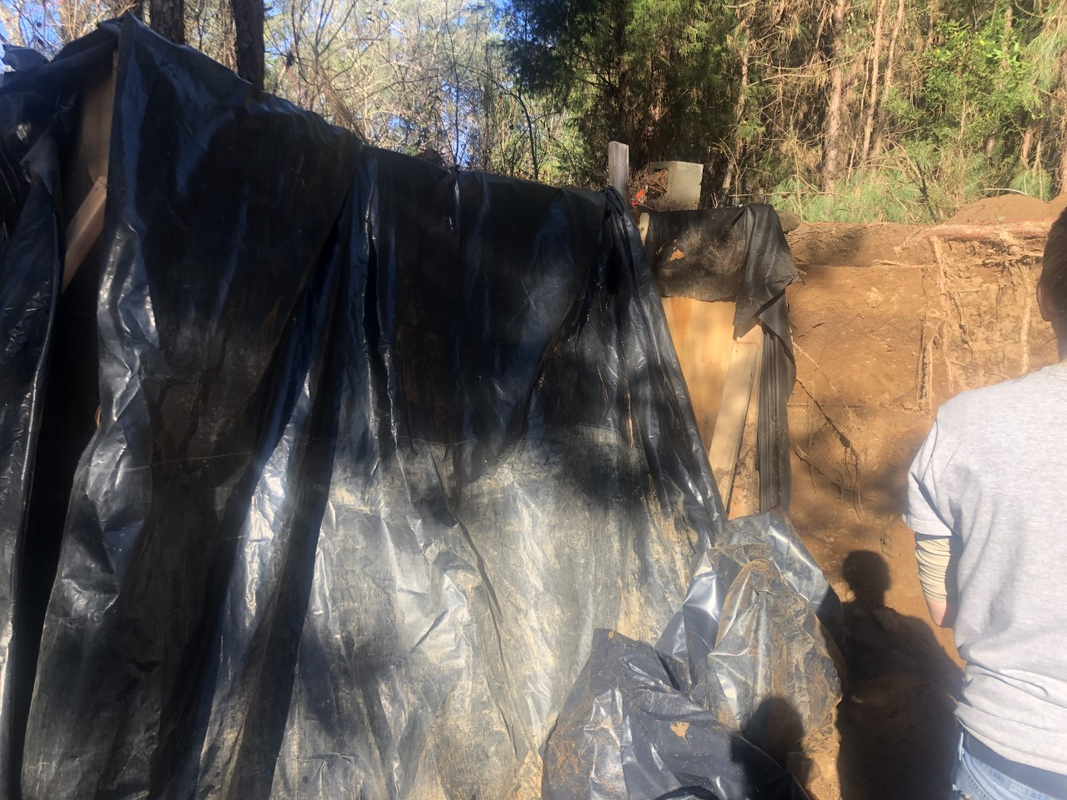
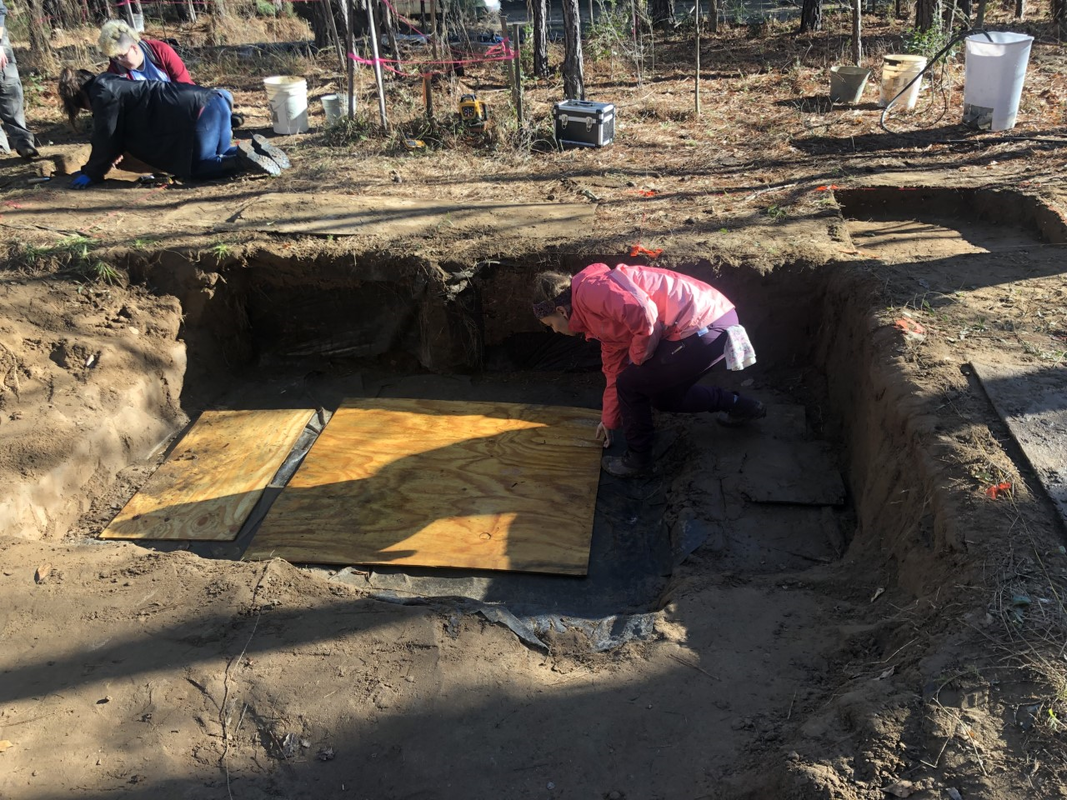
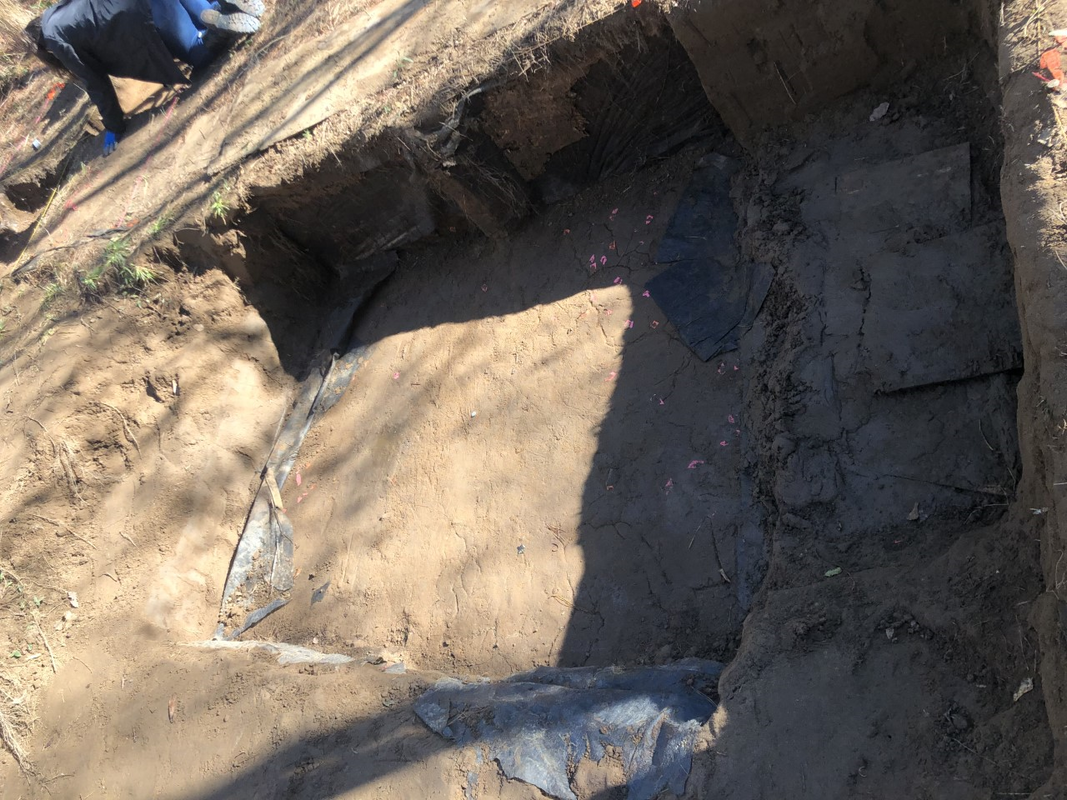
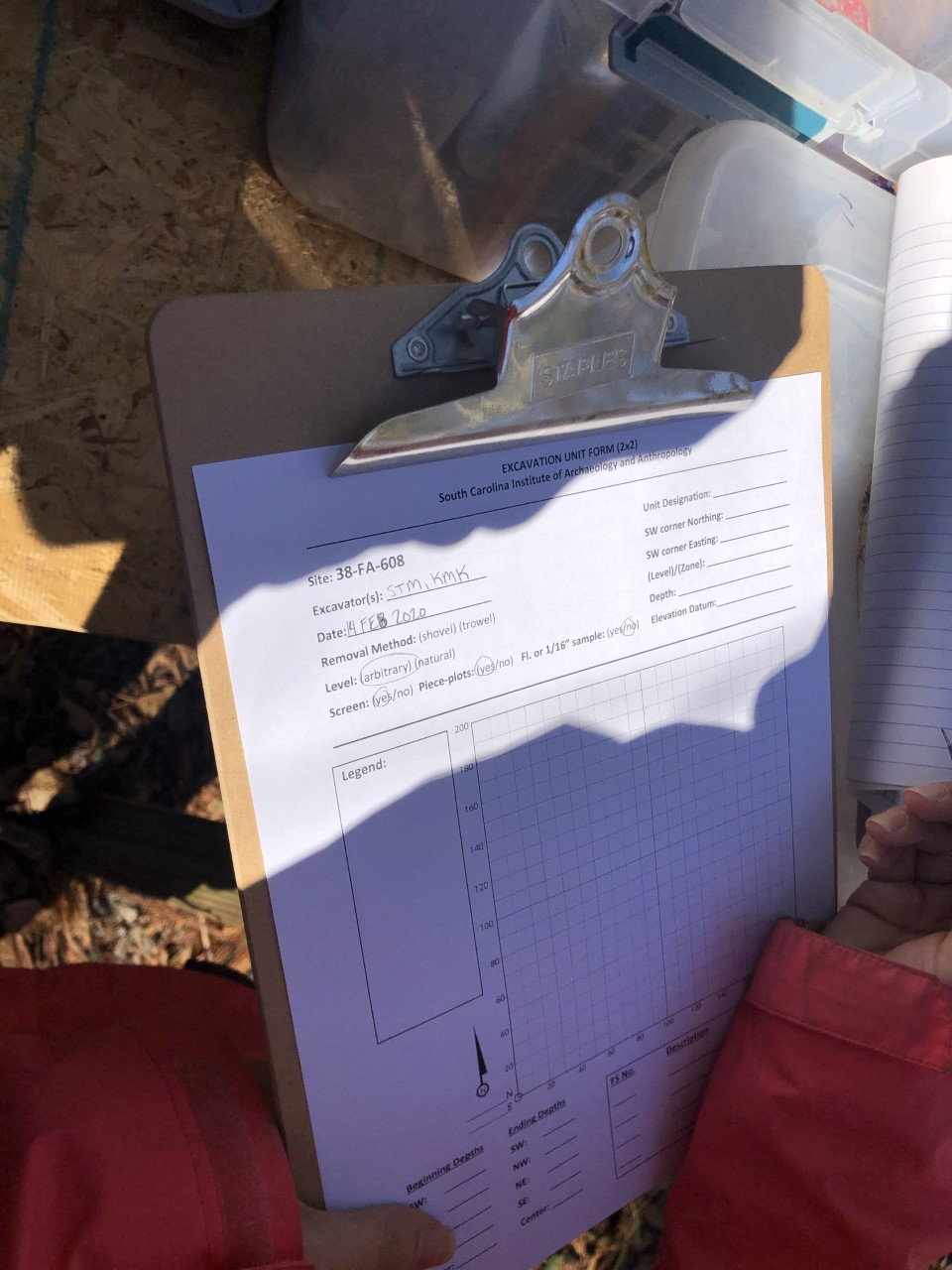
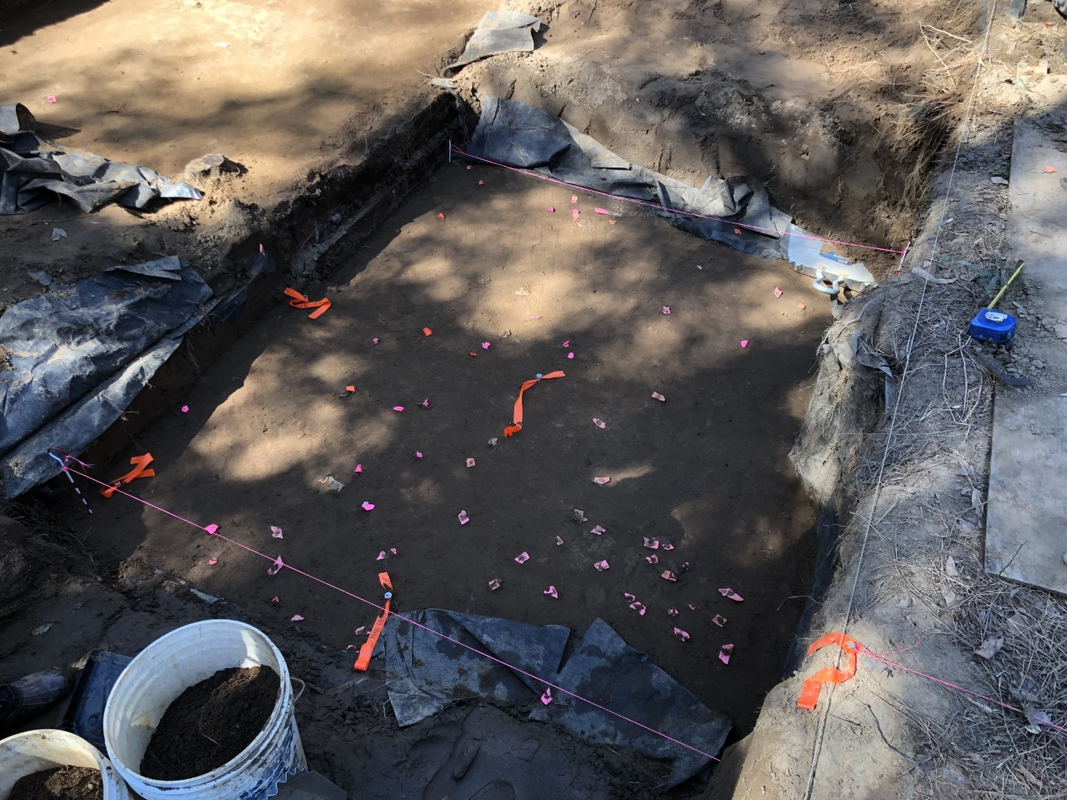
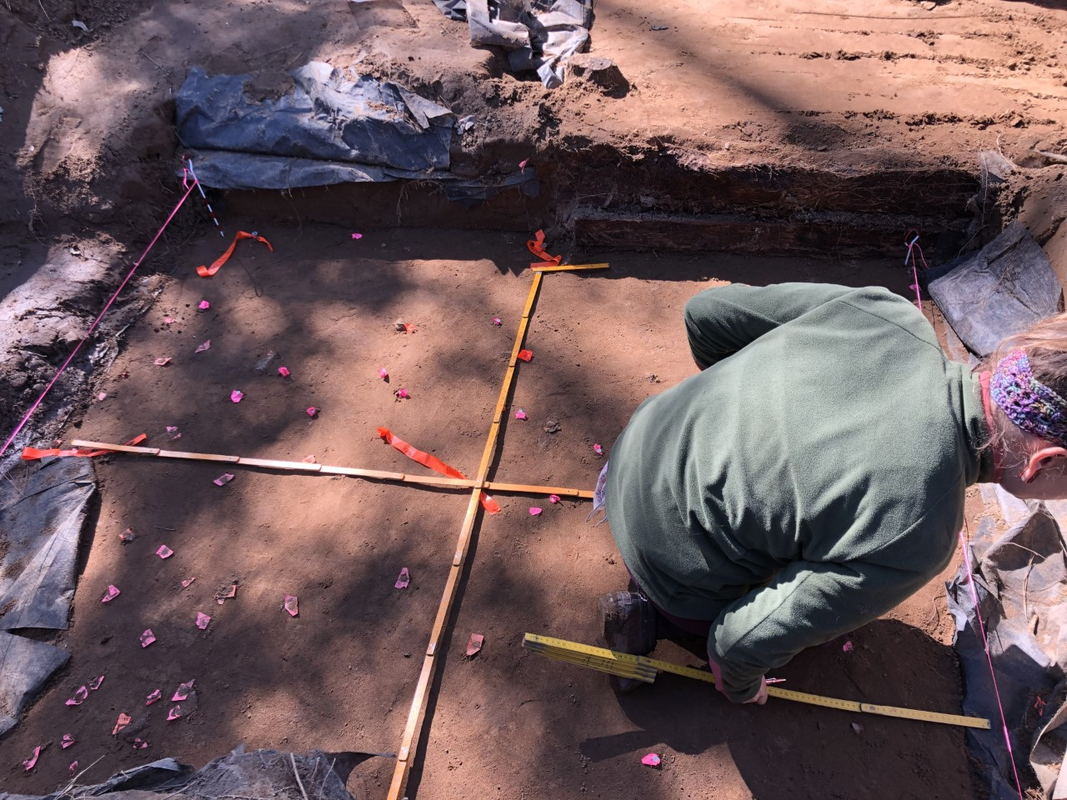
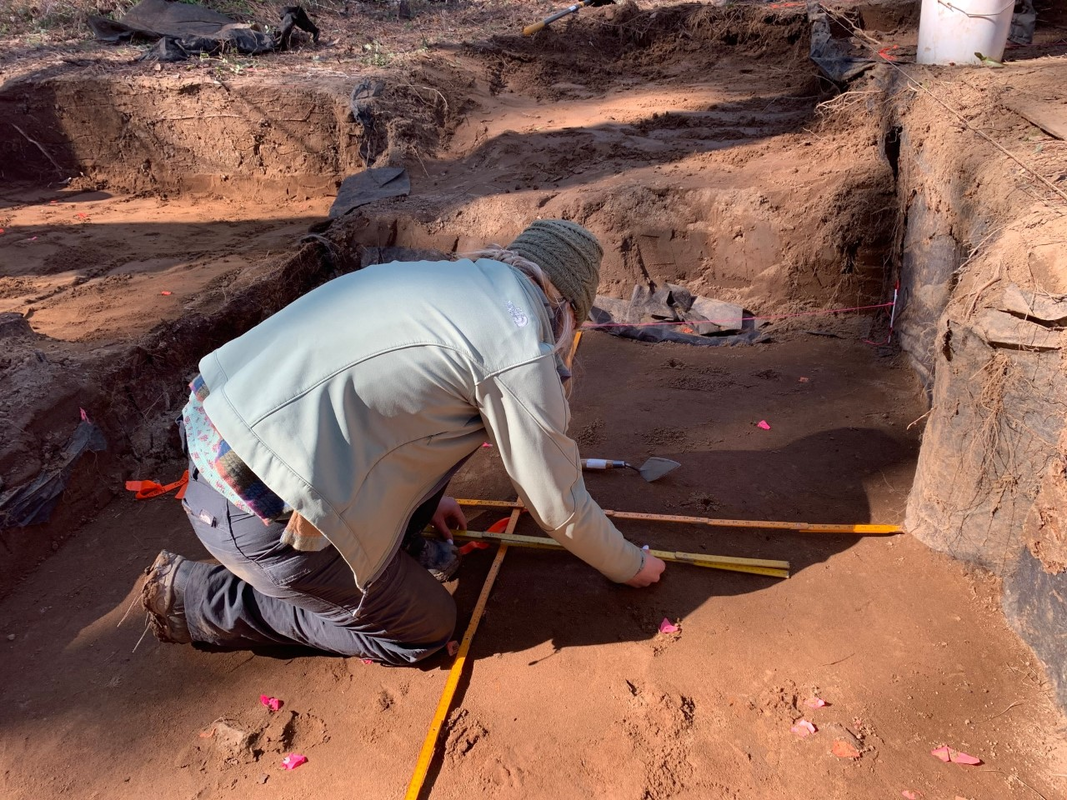
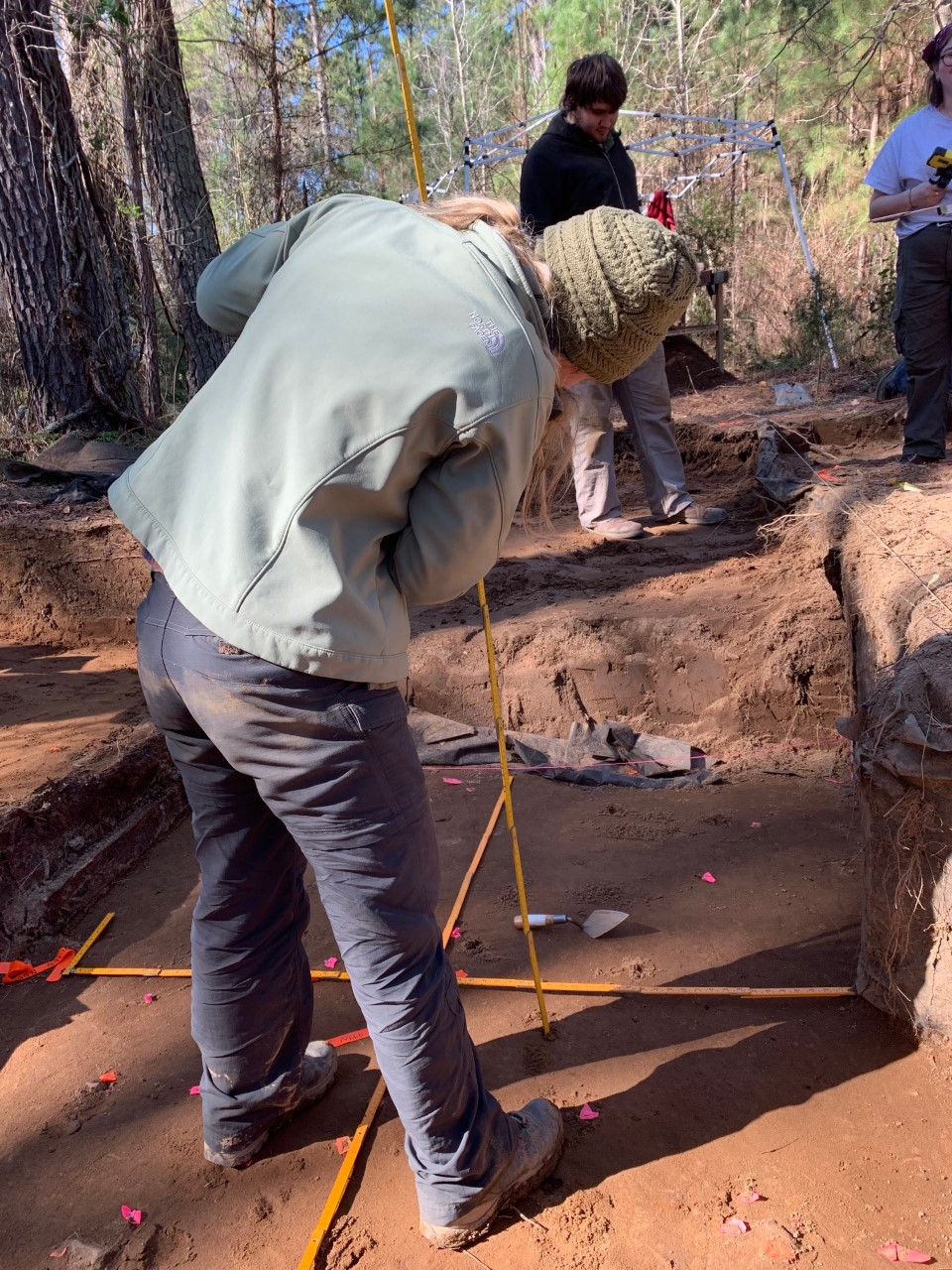
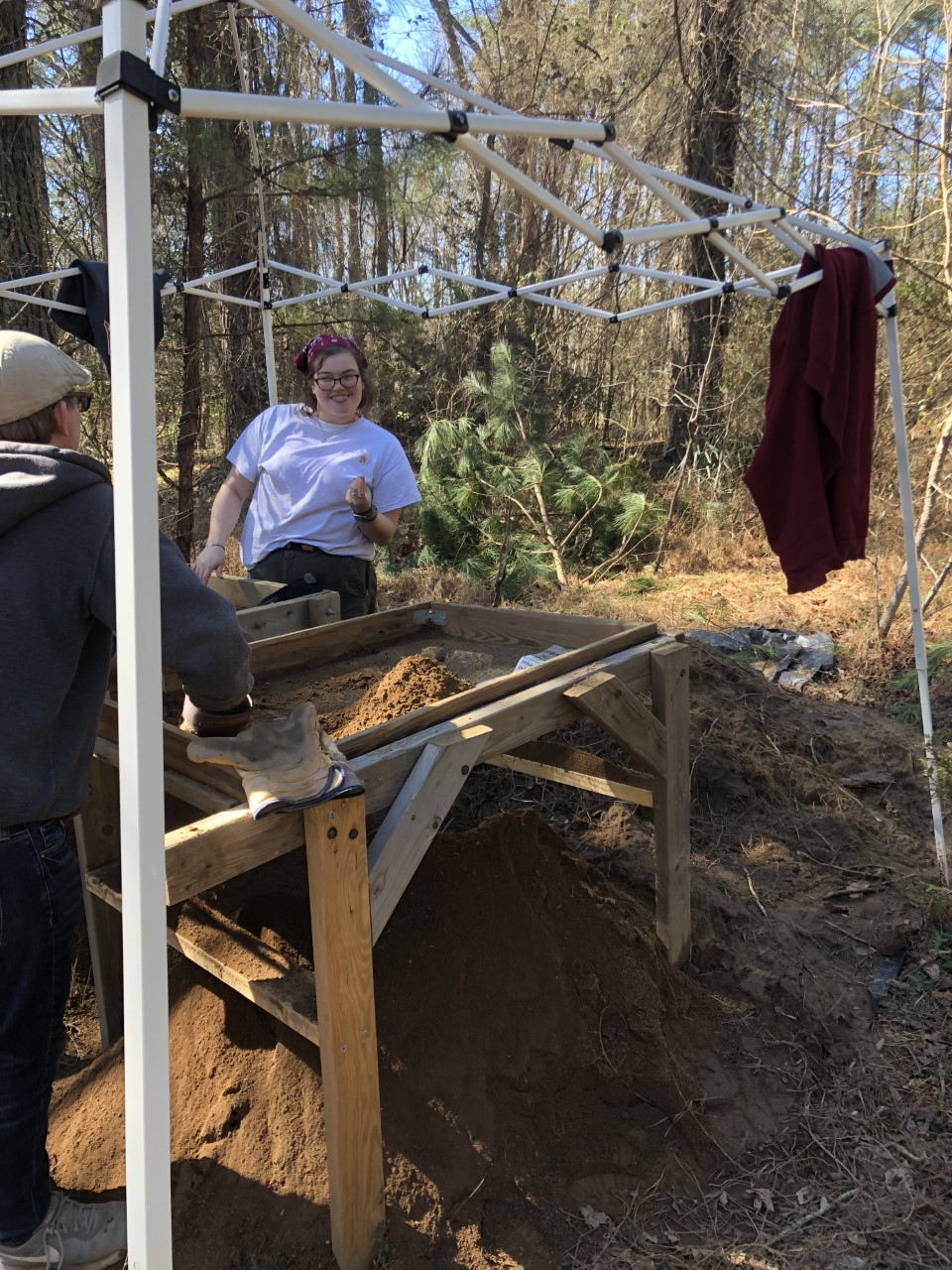
 RSS Feed
RSS Feed
